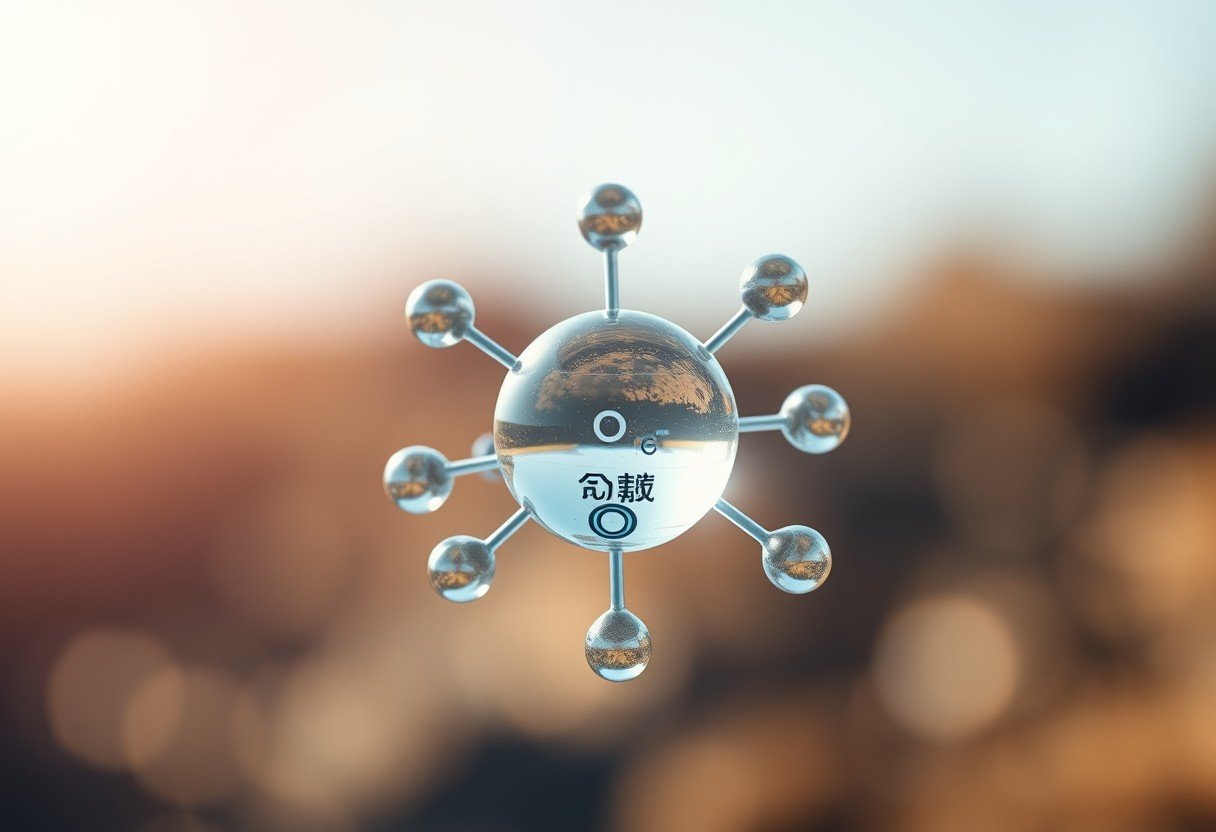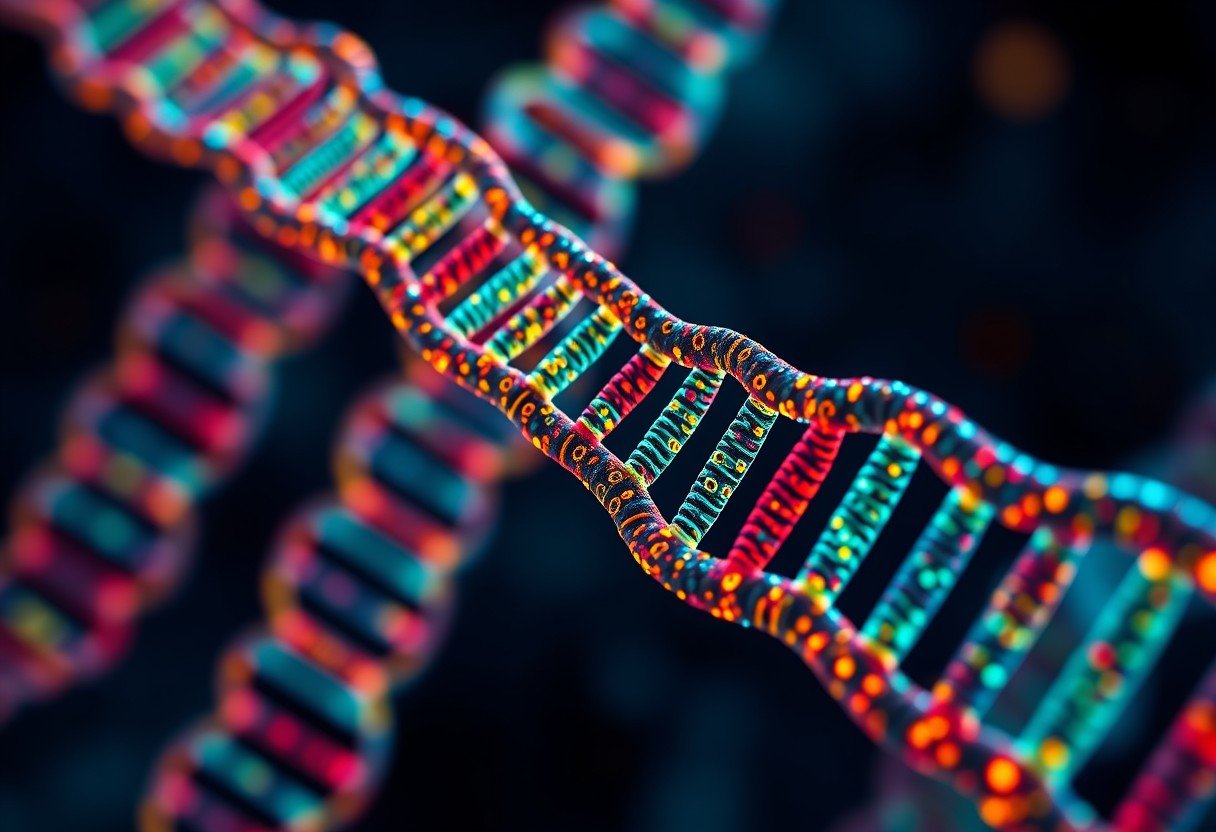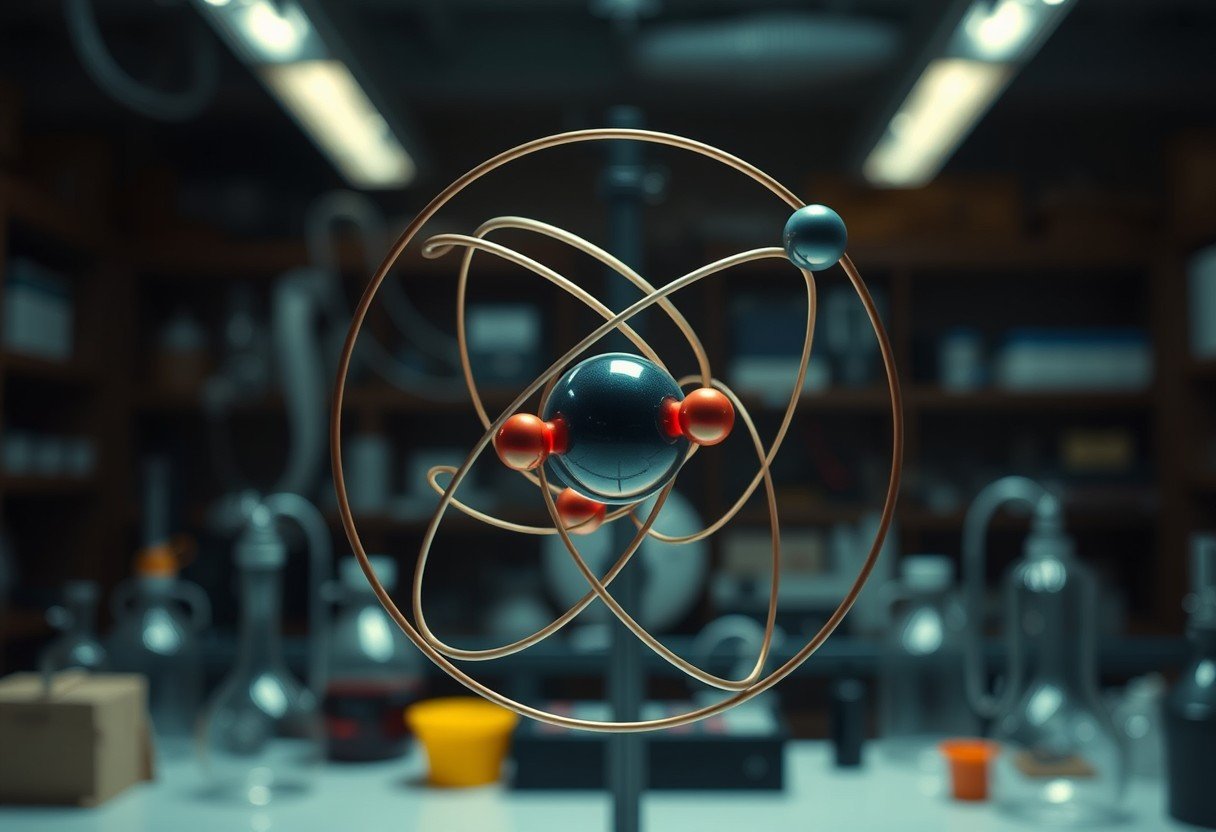Learn exactly how many covalent bonds oxygen makes, where its unpaired electrons sit, how bonding works in water and carbon dioxide, when the octet is complete, who benefits from this knowledge in class and lab, and why it shapes biology and industry. Oxygen usually forms two covalent bonds because it has two unpaired electrons in the 2p orbital that seek partners to complete the octet.
Oxygen Bond Count Basics
Oxygen typically forms two covalent bonds when each unpaired electron makes one bond. This rule follows the octet idea, where atoms aim for eight electrons in the valence shell for stability. With six valence electrons, oxygen needs two more to reach eight.
In simple molecules, this shows up as two single bonds or one double bond. These bonds let oxygen share electrons while keeping two lone pairs. The result is a stable, low energy state that explains its common role in water and carbon dioxide.
Chemistry textbooks and the IUPAC Gold Book describe this pattern as valence two for neutral oxygen in most covalent compounds. That is why many oxygen‑containing functional groups in organic chemistry, such as alcohols and carbonyls, follow consistent bonding counts.
Electron Configuration and Unpaired Electrons
Oxygen’s ground state electron configuration is 1s2 2s2 2p4. Hund’s rule fills the three 2p orbitals with one electron each before pairing, leaving two unpaired electrons available for bonding. Those two unpaired 2p electrons explain the common bond count of two.
These electrons sit in the second shell, which is the valence shell. When bonding, oxygen shares these unpaired electrons with nearby atoms that also seek stability. This sharing lowers energy for both partners.
Measured data support this model. For example, molecular oxygen has a bond order of 2 with a bond length near 121 pm, and water shows two O H bonds with lengths near 96 pm. Values reported by the NIST Chemistry WebBook and CRC Handbook align with these facts.
Water and Carbon Dioxide Examples
Water is the clearest case. Oxygen forms two single bonds with two hydrogen atoms and keeps two lone pairs. The H O H angle is about 104.5 degrees, a value reported across standard references, including NIST and general chemistry texts.
- Water has polar O H bonds, which create a strong dipole and high solubility effects.
- Carbon dioxide has two C O double bonds, yet the molecule is linear and nonpolar overall.
- These shapes follow VSEPR ideas based on electron pair repulsion around oxygen and carbon.
In carbon dioxide, oxygen reaches an octet by sharing two pairs of electrons with carbon. Even though each C O bond is polar, the linear shape cancels the dipoles. Both molecules show oxygen completing its octet with two bonds, either as two singles or one double.
Bond Types and Real Examples
Oxygen can take part in single, double, polar, and coordinate covalent bonds, depending on the partner atom and charge state. These cases still track the octet rule unless the species is an ion or a radical.
| Bond Type | Shared Pairs | Common Example | Typical Bond Length | Polarity |
|---|---|---|---|---|
| Single Covalent | 1 | O H in H2O | ≈ 96 pm | Polar |
| Double Covalent | 2 | C O in CO2 | ≈ 116 pm | Polar bond, nonpolar molecule |
| Coordinate Covalent | Donor supplies both | O → H in H3O+ | ≈ O H near 97 pm | Polar |
| O O Single | 1 | Peroxide, H2O2 | ≈ 148 pm | Nonpolar bond |
Shorter bonds are usually stronger due to greater orbital overlap, which is why C O double bonds are shorter than O H single bonds. These benchmark values are summarized in the CRC Handbook of Chemistry and Physics and NIST data sets.
Factors that affect Bond Number
Several features shape how many bonds oxygen shows in a specific species. In neutral covalent molecules, the common number is two. In ions or resonance systems, formal charges and delocalization can adjust how we count bonds, even as the octet holds.
- Electronegativity: Oxygen is 3.44 on the Pauling scale, which favors strong, polar bonds.
- Geometry: Lone pairs compress angles, as seen in water’s 104.5 degree angle.
- Charge and Resonance: H3O+ and carboxylates distribute electrons differently from neutral forms.
High electronegativity and two lone pairs steer oxygen toward two bonds and a bent shape when it is the central atom in simple molecules. In carbonyls, oxygen shares two pairs with carbon by a double bond, still satisfying the octet in a predictable way.
Steps to predict Oxygen Bonds
Use this quick method to decide the bond count in common molecules. It works well for exam questions and lab prep. Keep formal charge rules close while you practice.
- Write the total valence electrons using periodic table counts.
- Place atoms and connect likely partners, starting with single bonds.
- Complete octets, then check formal charges with the IUPAC definition.
- Upgrade to double bonds if needed to remove large formal charges.
- Confirm geometry with VSEPR and known angles like 104.5 degrees for water.
If oxygen ends with two bonds and two lone pairs, you usually have the right answer for neutral molecules. For ions such as H3O+, track the extra proton and formal charge to keep the octet correct.
Misconceptions and Edge Cases
Students sometimes think oxygen can only make two bonds in every case. In hydronium, oxygen shows three sigma bonds and one lone pair with a positive formal charge, yet the octet is still complete. This is not a violation of the rule but an example of a coordinate bond and charge control.
Another point is bond order. In O2, molecular orbital theory shows a bond order of 2 and two unpaired electrons, which explains its paramagnetism measured in experiments. Edge cases change charge and bond order, but the octet idea keeps guiding the structure.
Peroxides, superoxide, and ozonide present fractional bond orders across resonance forms. These details appear in physical chemistry sources and the IUPAC Gold Book, supporting the broader pattern you learn in general chemistry.
FAQ
Why does oxygen usually form two covalent bonds?
It has six valence electrons and two unpaired electrons in 2p orbitals. Sharing two pairs completes the octet, which lowers energy and increases stability.
How do unpaired electrons in oxygen decide bond count?
The two unpaired 2p electrons are the easiest to share with other atoms. When each pairs up in a bond, oxygen reaches eight valence electrons.
What proves water has two O H bonds and a bent shape?
Experiments measure a 104.5 degree angle and O H bonds near 96 pm, reported by NIST and standard handbooks. Lone pair repulsion compresses the angle.
Can oxygen form a double bond and still follow the octet rule?
Yes. In CO2 each C O bond is a double bond, and oxygen counts eight electrons around it. The molecule is linear, even though each bond is polar.
Why is carbon dioxide nonpolar if the C O bonds are polar?
The molecule is linear, so the two bond dipoles cancel out. This shape leaves no net dipole for the whole molecule.
What about hydronium showing three bonds on oxygen?
H3O+ uses a coordinate bond from oxygen to a proton, giving three O H bonds and one lone pair. Oxygen still keeps an octet but carries a positive formal charge.








Leave a Comment